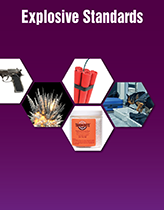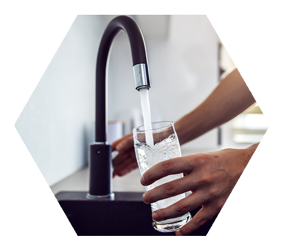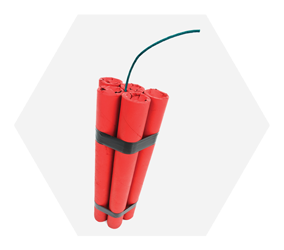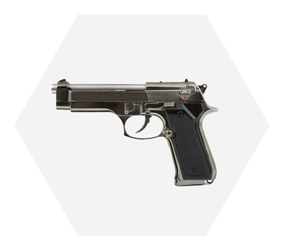Click "Allow Cookies" to consent to storing cookies on your device to improve your experience on our site. Learn more.
AccuStandard | Explosive Standards
Explosive standards are traditionally used for the remediation of soil and water in locations where explosives have been stored. Other applications include forensics, calibrating explosive detectors and in K-9 odor recognition training.
AccuStandard works closely with both government and private sector K-9 training facilities and laboratories to develop reference materials that meet the latest requirements for explosive detection and analysis. Our array of explosives include CRMs for the native explosive compounds as well as metabolites and degradation products. AccuStandard is the only U.S. source for TATP, HMTD, HNS, and 3,3,6,6-Tetramethyl-1,2,4,5-tetraoxane (DADP) standards.
In addition to catalog items, our Technical team is available to custom design explosive CRMs that meet the requirement of your specific application and analysis.
Find Explosive Standards by Type
EPA Methods
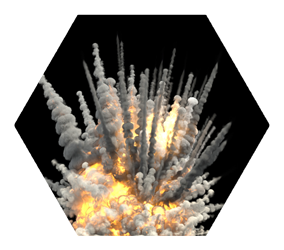

USEPA 8330 method is designed for the analysis of explosives and propellant residues by HPLC. These compounds include Nitroaromatics, Nitramines and Nitrate Esters which are either precursors for explosives or degradation products of explosive compounds.
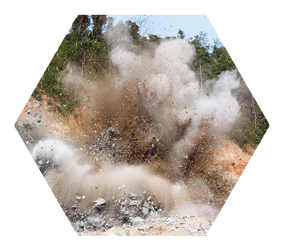

Method 8095 is intended for the determination of different explosive compounds in water and oil using GC/ECD. The list of compounds include Nitroaromatics, Nitramines and Nitrate Esters. Coupled with the extraction procedure of USEPA 8330, this method has a great advantage detecting explosives at low levels due to the high selectivity and sensitivity of the ECD technique.
Gun Surveillance Standards
Gunshot residue analysis standards are normally used to study and identify firearm discharge residues. A firearm cartridge is generally made from Organic and Inorganic compounds which will escape once a firearm is discharged. Analyzing the deposited residual is important for the chemical examination and characterization of the firearm components.
Need Assistance with Explosive Standards?
To find additional Explosive Standards, you can shop our full selection here.
If you still don’t see what you are looking for, reach out to techservice@accustandard.com and we can make a recommendation or create a custom product for you.

